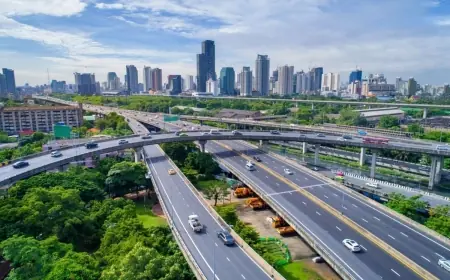Visceral body fat, commonly referred to as "hidden" fat, is fat that is kept in the abdominal cavity and wraps around the internal organs, such as the liver and intestines. It accounts for around a tenth of the body's total fat reserves.
Visceral fat gives a person an 'apple' shape or makes the belly protrude. Additionally, it generates hormones and substances that may be harmful to the body. Subcutaneous fat is less hazardous than visceral fat because the latter generates less harmful chemicals. Visceral fat presents a number of health hazards, even in skinny persons.
Men are more likely than women to have visceral fat.
So, think again if you believe that having narrow legs and a paunch is OK because your pot belly doesn't show through your baggy shirts and blouses. Due to a biological anomaly known as the Asian Indian Phenotype, Indians are more likely to accumulate fat in the area around their abdomen. Indians are known as thin-fat because they tend to gain weight around their midsections and have lower mean muscle mass, according to Dr. Jayashree Todkar, a bariatric surgeon at LH Hiranandani Hospital in Powai.
Therefore, disregard your slim legs since accumulating abdominal fat is dangerous and more dangerous than subcutaneous fat, which is equally distributed beneath the skin. This is so because extra visceral fat, which is situated in between the organs, corresponds to extra belly fat. "Visceral fat is more active and enters the liver directly. The action of insulin, a hormone that aids in absorbing glucose from the bloodstream, is resisted by free fatty acids that enter the liver. Dr. Todkar asserts that this causes diabetes.
According to a study conducted by WHO, over 61 million diabetes people reside in India, and that number is predicted to reach 100 million by 2030. Diabetes increases the risk of a wide range of other health issues, such as cardiovascular disorders and renal issues.
What leads to the build-up of visceral fat?
When you consume too many calories and engage in insufficient exercise, fat is deposited. Due to the makeup of their genes, some people choose to retain their body fat around their abdomen rather than on their hips.
Age can alter where the body stores fat in women. Women lose muscle mass and gain fat, particularly after menopause. Even if they do not gain weight, women are more likely to have extra visceral fat in their abdomen as they become older.
Visceral fat in males can also grow due to genetics and aging. Alcohol use can increase abdominal fat in males as well.
Why is being skinny-fat worse than being just fat?
The presence of visceral fat in the abdomen is a symptom of metabolic syndrome, a group of illnesses that also includes hypertension, obesity, high cholesterol, and insulin resistance. Together, these raise the risk of heart disease, type 2 diabetes, and stroke.
Additionally, having too much visceral fat in the abdomen might lead to:
- dementia
- cancer
- asthma
- liver disease
- gall bladder disease and gout
- fertility problems
- lower back pain
- Osteoarthritis
What symptoms indicate visceral fat?
Measuring your waist is the most accurate approach to determining if you have visceral fat. How much fat there is deep inside the abdomen, surrounding the organs, may be determined by measuring the circumference of the waist. If your waist circumference is 94 cm or greater for males and 80 cm or more for women, you are at a higher risk of developing a chronic illness. Children and pregnant women are not allowed to use these measures. Consult your doctor if you believe your waist measurement may be too large.
If you are carrying too much fat, your Body Mass Index (BMI) might help you determine this.
How can visceral fat be reduced?
Diet and weight loss are the greatest ways to minimize visceral fat. Compared to hip fat, visceral fat reacts better to diet and exercise. Additionally, regular exercise can prevent visceral fat from returning.
Medication is another choice, although studies suggest that it does not reduce visceral fat as well as exercise does. Visceral fat cannot be removed by liposuction.
You can lower your risk of disease even when you cannot change your genetics, hormones, or age:
-
exercising for at least 30 minutes every day (which may include brisk walking, cycling, aerobic exercise, and strength training)
- eating a healthy diet
- not smoking
- reducing sugary drinks
- getting enough sleep

 Like
0
Like
0
 Dislike
0
Dislike
0
 Love
0
Love
0
 Funny
0
Funny
0
 Angry
0
Angry
0
 Sad
0
Sad
0
 Wow
0
Wow
0


































































































































































